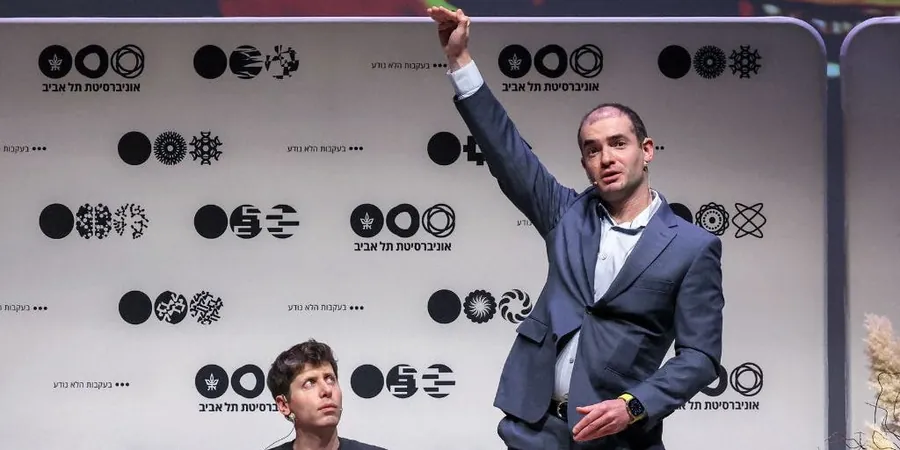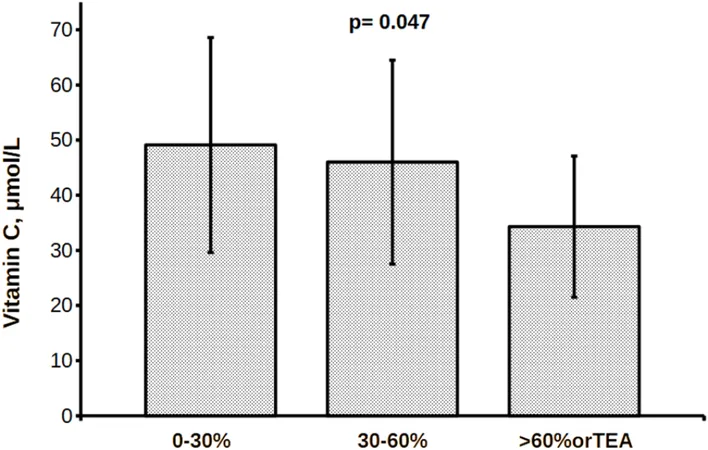
Breakthrough in AI: Is Test-Time Compute the Secret Weapon Against 'Peak Data'?
2025-01-05
Author: Siti
The artificial intelligence landscape is experiencing a seismic shift, and worrying forecasts suggest we may have reached "peak data." This assertion by OpenAI cofounder Ilya Sutskever at the recent NeurIPS conference has set alarm bells ringing throughout the AI community. Sutskever warned that the most useful data available online has already been harnessed in training AI models — a process crucial for generating advancements seen in AI technologies like ChatGPT. The fear? Without fresh data, the momentum of AI progress could come to a grinding halt.
But researchers at Google DeepMind are looking into a potential lifeline: the innovative technique known as test-time compute. This method allows AI systems to "reason" and tackle complex tasks more effectively, potentially transforming existing data into a rich source for additional training.
Understanding Test-Time Compute
Test-time compute involves breaking down complex queries into manageable chunks, which allows models to revisit each step before moving onto the next. This incremental approach forms a robust reasoning chain that can yield higher quality outputs than traditional methods, particularly in tasks requiring clear answers—like math problems.
OpenAI's introduction of its model, o1, which employs this test-time compute method, marked a significant development in the field. With its emergence, Google and China's DeepSeek quickly followed suit with similar models, aiming to create a new benchmark in AI performance.
Unraveling New Training Data Sources
So, how can these new outputs fix the peak data dilemma? Google DeepMind researchers suggest that the superior outputs generated through this reasoning process can be distilled back into foundational language models. This could initiate an "iterative self-improvement loop," enabling ongoing enhancements to AI models even while facing a seemingly stagnant pool of raw data. By using higher quality outputs as fresh training data, researchers believe they can keep language models advancing.
Charlie Snell, a key contributor involved in the test-time computation research, has expressed significant optimism regarding its potential. He acknowledged that while the pre-training model benefits from vast data sets, the emergence of additional computed inference provides a previously untapped resource.
Industry Perspectives: Confidence Amidst Challenges
Interestingly, not all industry leaders share the same level of concern regarding the "peak data" hypothesis. Microsoft CEO Satya Nadella highlighted the potential of test-time compute as a revolutionary scaling law in AI evolution. He maintains that the new tokens generated during inference could bolster pre-training efforts, leading to even more powerful models that leverage both pre-training and test-time sampling.
Sutskever himself pointed to test-time compute as a promising avenue to navigate the peak data issue, hinting at broader industry support for this innovative approach.
Looking Ahead: 2025 – The Year of Testing
As the AI community feels the pressure to innovate, Snell and others believe that the real test of test-time computation will come in 2025. It’s a time filled with uncertainty, especially concerning how well the technique will generalize beyond easily measurable tasks, such as essay writing or creative projects.
However, preliminary indicators suggest that the outputs produced through these reasoning models could surpass those generated by previous models like GPT-4. If successful, this could revolutionize the way future models are trained, using outputs from systems like OpenAI's o1 to enhance performance metrics significantly.
In the fast-evolving world of AI, the race is on, and one thing is clear: the future may hinge on the ability of researchers to tap new data sources, innovate with emerging technologies, and harness the power of reasoning in AI. As organizations like DeepSeek rise to the challenge, the dynamics of competition within the AI space will get more intense by the day, leaving us at the edge of our seats. Stay tuned for what could be a groundbreaking leap in AI development!


 Brasil (PT)
Brasil (PT)
 Canada (EN)
Canada (EN)
 Chile (ES)
Chile (ES)
 Česko (CS)
Česko (CS)
 대한민국 (KO)
대한민국 (KO)
 España (ES)
España (ES)
 France (FR)
France (FR)
 Hong Kong (EN)
Hong Kong (EN)
 Italia (IT)
Italia (IT)
 日本 (JA)
日本 (JA)
 Magyarország (HU)
Magyarország (HU)
 Norge (NO)
Norge (NO)
 Polska (PL)
Polska (PL)
 Schweiz (DE)
Schweiz (DE)
 Singapore (EN)
Singapore (EN)
 Sverige (SV)
Sverige (SV)
 Suomi (FI)
Suomi (FI)
 Türkiye (TR)
Türkiye (TR)
 الإمارات العربية المتحدة (AR)
الإمارات العربية المتحدة (AR)